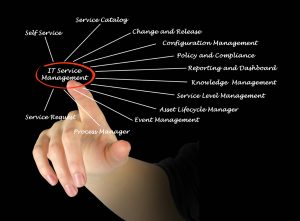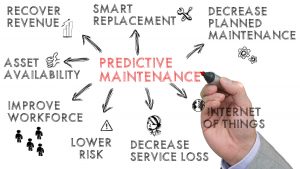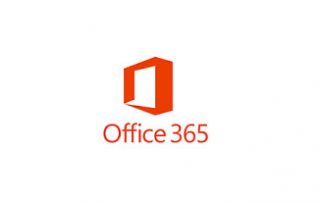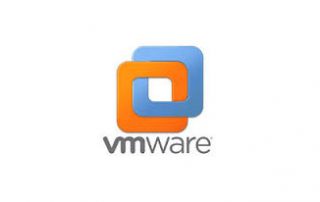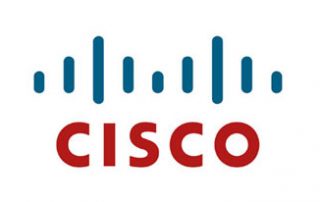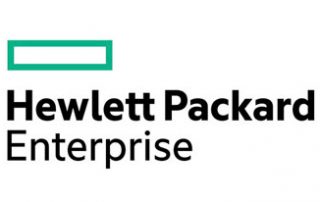IT Roadmap & Budgeting
Do You Have An IT Project We Can Help With?
IT Roadmap – Getting Your Company Where You Want It to Be
Today’s competitive business landscape drives innovation, and in turn, makes it vital for companies to have the right IT solutions in place so that they can be read for the needs of the future market. There is a rising need to not only plan for IT but to plan for future initiatives and goals strategically.
It is much easier to make smart IT investments when your long-term goals align with your technology spend. Once you have clarity around your business goals, then you can accurately develop an IT roadmap and budget for IT expenses to ensure success.


What Is an IT Roadmap?
An IT roadmap is a strategic-level plan that provides the detail of how infrastructure, talent, and software of business will progress at a high level. A properly developed IT roadmap ensures that workers are working to create a department and portfolio that meet the need of the company. Several common IT roadmaps include the following:
- IT architecture roadmap
- IT project roadmap
- Enterprise IT roadmap
- Engineering IT roadmap
Where you’re going with your company
Every roadmap contains a thorough analysis of where the company’s IT environment is at currently along with the projection of where you would like your company’s IT environment to be at the end of the roadmap. When the analyses are more thorough, the more organized the roadmap will certainly become. The current state analysis should cover the following:
- System dependencies
- Ongoing IT costs on those expenses
- Operational procedures
- The business expectations of IT
- Performance and age of IT assets
- Application dependencies
This process aims to draw a contrast between where your company is and where you hope to be. From there, you need to identify where your company’s IT environment is lacking and create plans on how to move to the next level.

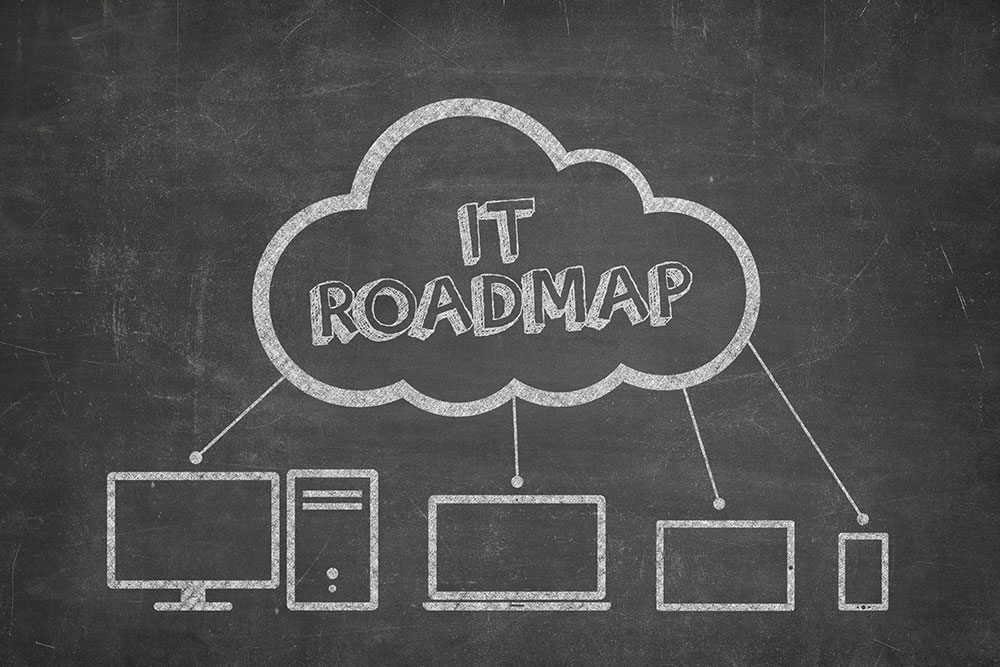
Reasons your company needs an IT roadmap
1. Employees are more productive
It is easy to get lost in the day to day management of an IT environment. Your employees can lose valuable hours managing and trying to address immediate IT concerns. The IT roadmap puts a long-standing goal of the unit in the minds of the team. With specific deadlines and milestones, the team can maximize their time appropriately to make sure they meet their goals.
2. A competitive edge
IT roadmap would give you more market share and an edge over the competition. Some industries are so linked with their IT that lagging could cost them their position in the market.
3. Improve business processes
An IT roadmap allows you to scrutinize business processes and distinguish technology that can improve these processes. This process could be as simple as moving your email to the cloud or implementing the right software for your company’s needs.
4. The lower overall cost of IT
By planning your IT roadmap, you will spend lower and more effectively on your overall long-term technology costs. In what way? Because you will spend your IT budget correctly the first time and avoid the loss or unexpected expenses.
5. Secure your business
There are several threats that slowdown businesses of all sizes and these can range from ransomware attacks to the loss of data-laden mobile devices. With the IT roadmap, you can plan security issues and protect your company with a good plan in place.
Steps to follow to build your IT roadmap
1. Identify your strategic objectives
What is the operational and financial impact you hope to generate? And what are your strategic priorities? Reducing waste and effort is the first initial goal, but you don’t need to limit your thinking.
- What information and tools can help your IT team become more proactive, insightful, and responsive?
- How can you make it easier to do business with your company?
- How can you deliver an improved experience or produce extra value for your customers?
Defining your strategic objectives clearly, and creating plans to achieve them is an essential step to a successful IT strategy.
2. Plan for the future
IT investments that only address higher costs, duplication of effort, and address immediate needs in fewer benefits. Today, customers expect to relate with you through several channels – social media, websites, mobile apps – and they want an experience that is consistent and seamless.
For instance, the increase in affordable connected devices has allowed several companies to use real-time data to optimize resources, track performance, and build strong relationships with their customers. In building your roadmap, consider what you will need to stay competitive over the next 3 to 5years and set your sights on a longer time horizon.
3. Define your priorities and functional needs
Without clearly defined priorities and needs, there is no way you can plan effectively and adequately assess your options. When creating your roadmap, you will want to:
- Prioritized checklist of the steps you need to take
- Identify areas where your existing systems fall short or technology gaps
- Highlight inefficiencies and review your business processes
- Pinpoint the functional capabilities required to improve your processes.
4. Measure the cost
Most technology initiatives can be capital intensive and expensive. The investment requirement can vary depending on the complexity of your needs, the size of your company and industry. Make sure you include a realistic estimate for all the project in your IT roadmap. Also, consider ongoing or additional costs such as subscription fees, infrastructure costs, support fees, and annual maintenance.
5. Create realistic timelines
Making sure that your projects are sufficiently resourced is important to the success of your business, but you can’t handle all of these things at once. Your IT roadmap should be comprising of realistic plan and timeline for your project depending on your priorities, available resources, and the extent of each project.


In Conclusion
IT is one of the most important business tools, but only when you deploy them correctly. So, you owe it to your business and yourself to make sure that your technology’s offer the competitive advantage it’s supposed to.
Continue to update your IT roadmap and budget and monitor new technological developments that can help your business. The last thing you want is an obsolete IT strategy and missing out on the current opportunities in the marketplace. At Precision IT Consulting, we’re here to help you in making the most of your investment planning and IT assets, let’s build your new IT approach together.
More Managed IT Services
Our Current Partners
GET IN TOUCH
"*" indicates required fields
Precision IT Consulting
206-8388 128st Surrey, BC V3W 4G2
604-359-5284
IT Support Service Locations:
• Vancouver • Langley • Surrey • Richmond • Burnaby • Coquitlam • Maple Ridge • Abbotsford






